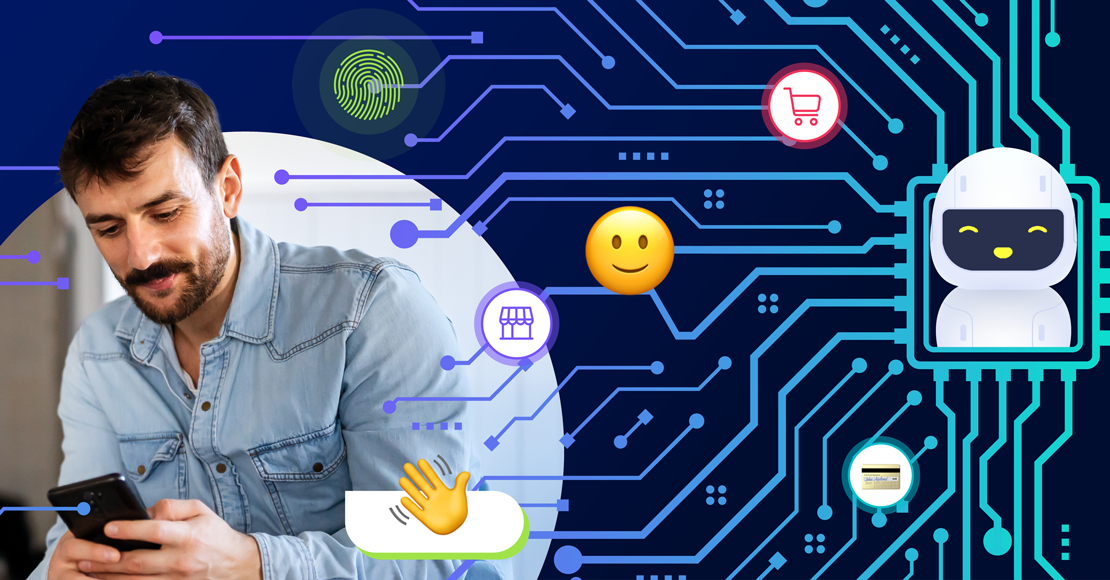
How to prevent ransomware
Ransomware or malware that denies users access to their data and demands payment for its release is set to evolve and make up for the majority of cyber attacks in 2017. So say many of the predictions across the online security world.
Cyber attacks that exploit weaknesses in mobile devices and devices connected to the IoT, including denial of service (DoS) attacks, are expected to increase from their 2016 numbers. And their numbers are big. According to a report by IBM, 4 000 ransomware attacks occurred every day in 2016, and US-based companies shelled out $209 million. In 2017, it’s expected that attacks on cloud infrastructure and data manipulation attacks will spike. Simply put: “We’re going to need a bigger boat.”
What will not change though is that all businesses will be as vulnerable as ever. Whether you’re a Fortune 500 company or a family-owned business run from your backyard. So here are just a few ransomware trends that we can expect from 2017.
Ransomware will become just another weapon in the hacker’s arsenal
There’s a misconception that ransomware is the ‘low-skilled” hacker’s trade – the online equivalent of an opportunistic smash and grab. The reality is, as technologies get smarter and continue to evolve, so will ransomware capabilities. It’ll become as synonymous with the hacker’s arsenal as keyloggers or network scanners.
The question we should be asking is why. Why ransomware? Partly because it serves as a useful distraction. People perceive ransomware to be a single machine attack and don’t always check the network for other signs of a breach, making it easier for cyber criminals to slip away. But mostly because cyber criminals need money to run their operations. And ransomware done right can have very profitable results.
Public shaming is set to rise
Black Friday 2016 – A day that those who frequently use San Francisco's public transport system will remember for a while. The system was hacked and shut down, with the hacker demanding $73 000 to restore it. This was an attack designed to publically shame the network into paying. It wasn’t your typical extortion attack. Instead, it was designed to show everyone who used the infrastructure that it had been compromised. In other words, attackers will gain access to an organization and look for systems that are public facing such as checkout systems in store chains or bank ATMs or perhaps even computerized billboards in Times Square. The humiliation and public pressure put the organization between a rock and a hard place to resolve the problem quickly. It’s a squeeze that is likely to be very lucrative in 2017.
IoT is safe. Mostly. For now.
Since IoT devices tend to be synced to a server or cloud it’s easy to wipe and replace them. It’s not a compelling enough reason for the victim to pay the ransom.
A distinction must be made between the devices themselves and the systems that run them. IoT operating systems are as much at risk as any other operating system, especially when talking about Windows systems. Open source operating systems are far more complex and, as such, are less likely to be targeted as they’re too obscure to be reliable targets for mass-produced ransomware.
For cyber criminals, the cost-benefit analysis simply doesn’t add up. They won’t make enough in ransom to cover the costs of developing the attack.
Security measures will get better
Law enforcement and security firms are getting smarter about cyber security. Agencies are collaborating across borders to ensure the strongest front against cybercrime. They’re also increasing their collaboration with security researchers – the ones that do the heavy lifting when it comes to figuring out how to tackle ransomware. This democratization of information makes it harder for ransomware criminals to hit specific areas with any real success.
What you can do to prevent ransomware proliferation
As long as victims continue to pay the ransom and fund the development of these cyber criminals, there will continue to be creative and effective ransomware attacks. Here are just a few ways that you can minimize your risk against this foe.
Backup your data. All of it. All the time.
Keep your operating systems, web browsers and plugins updated.
Invest in a strong antivirus and anti-malware software.
Scan incoming emails or attachments for suspicious data. You can’t be too careful.
Consider administrative access only for your business computers.
Ransomware will almost certainly continue its development in volume and complexity in 2017. Security analysts and business owners should be vigilant for advanced attacks. Perhaps you’re interested in stepping up your businesses security after reading this. Consider our latest article on improving data security.
Explore other articles
Step into the future of business messaging.
SMS and two-way channels, automation, call center integration, payments - do it all with Clickatell's Chat Commerce platform.








